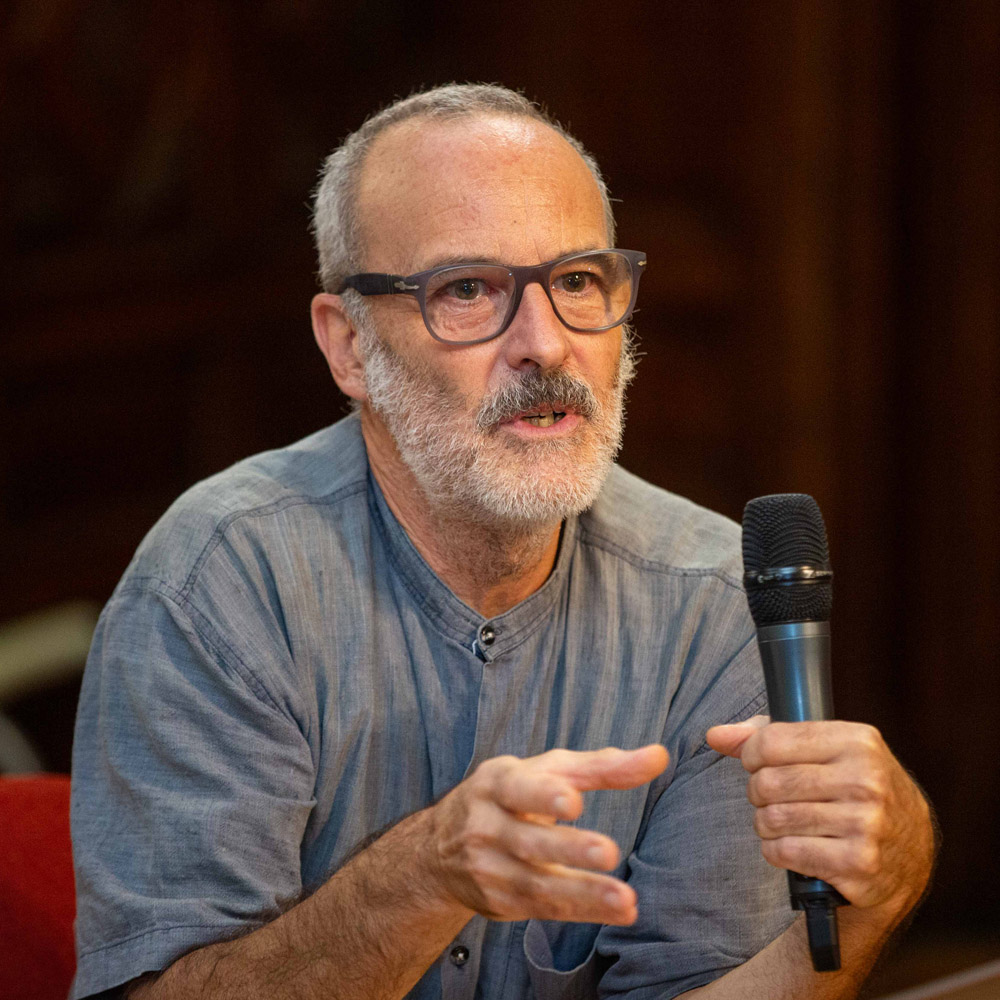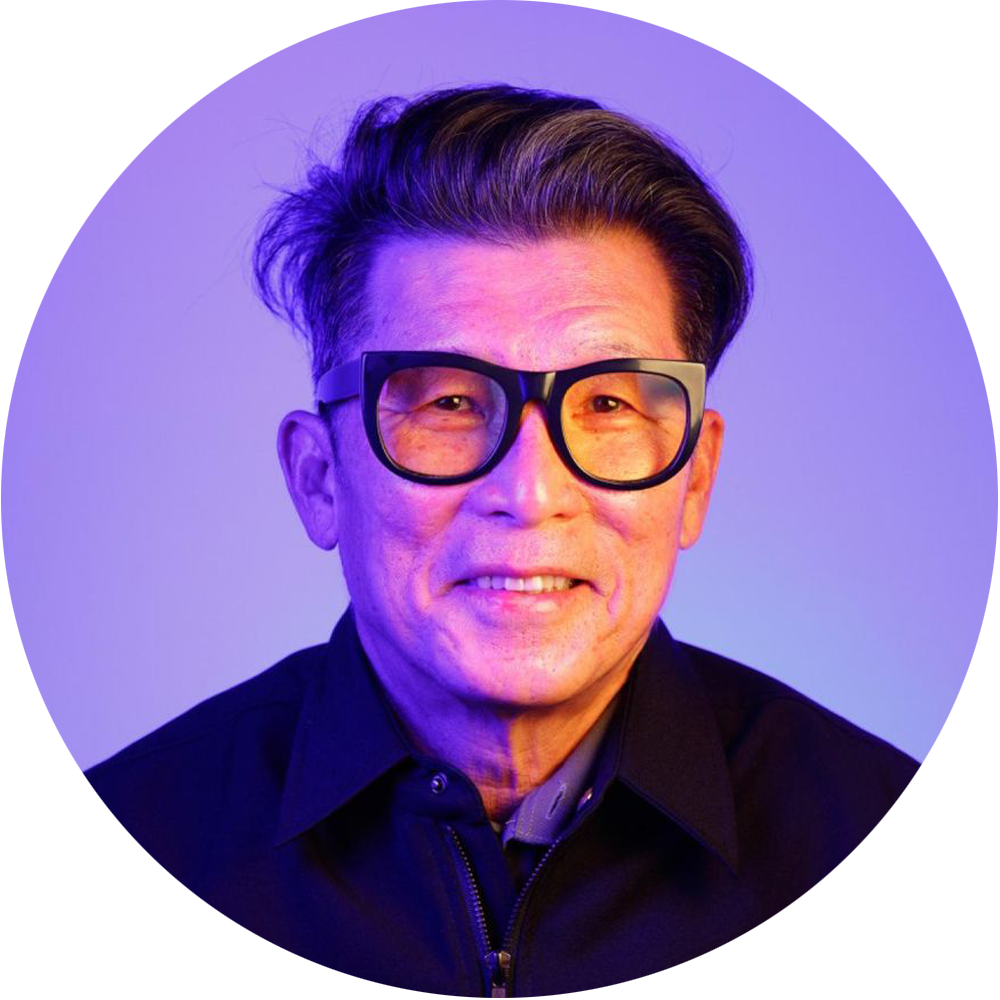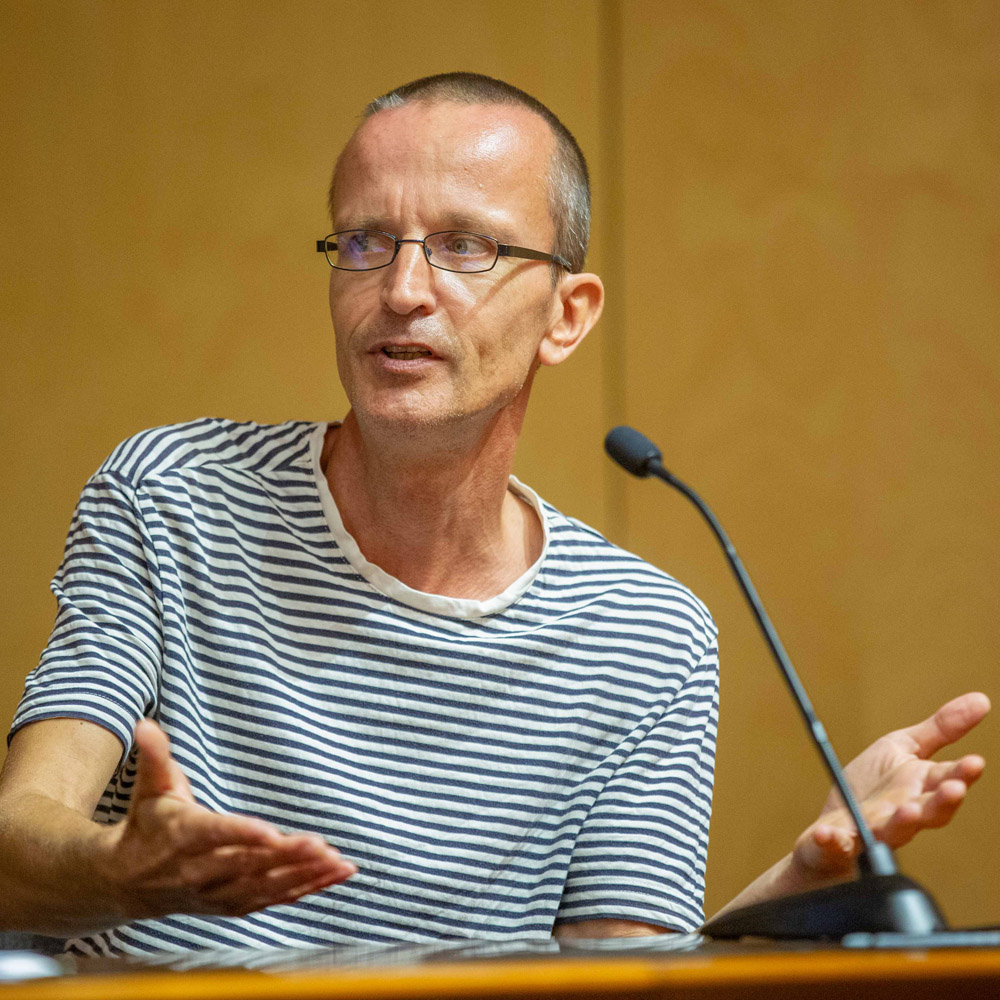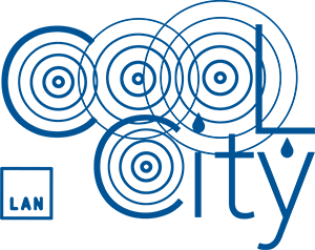
Alexander Valentino
1986 student in photography at Akademie der Künste Berlin. 1997 he graduates in Architecture at the Federico II University of Naples, one year Erasmus in the Bauhaus Universität Weimar. Works as interior designer on renovation projects in Naples, simultaneously supporting a city movement for the protection of industrial landscapes threatened with demolition (Bagnoli). Between 1999 and 2000 attends a master course at the Bartlett School of Architecture London. Collaborates in the UK on radical architecture projects: RAV / Trangressive Architecture. Founds CODOTUA,a space for artistic events, Balham, London.
In 2001 he moves to Rome and collaborates with various architecture offices: Fuksas / Ian + / Ma0. He is a m ember of Stalker (2002-06) and co-founder of the Osservatorio Nomade for which he coordinates On/Corviale, On/Egnatia, On/Roma; he produces and curates exhibitions: Kunstwerke Berlin, Palais in Tokyo Paris, Triennale of Milan, Museion in Bolzano. In 2004 with Pietro Nunziante and Cristiano Luchetti he founds the lan-nomadic architecture laboratory. He collaborates with various North American university programs: Waterloo University, Ohio State University, Iowa State University, University of Washington, New Jersey Institute of Technology, University of Minnesota.
2007-09 coordinates the European Roma Mapping research project funded by the European Agency EACEA on housing conditions of the Roma population in Europe, curates the exhibitions of the work in the Royal Institute of Architecture London / Royal Wool Mill Naples / National Museum of Conteporary Art Bucharest / Giardini Biennale of Architecture Venice, curates the summary book edited by Black Dog Publishing. 2013-15 he is facilitator for Romact-Romed, Social Inclusion Programs for the Roma Population, founded by the Council of Europe and the European Commission. From 2015 to 2017 co-coordinates the ROMACT project in Italy, managing relations with Regional and City Administrations and coordinating local programs and policies targetting Roma communities.

Kyong Park
Kyong Park is professor at the Department of Visual Arts at the University of California, San Diego (since 2007) and was the founding director of StoreFront for Art and Architecture in New York (1982–1998), the International Center for Urban Ecology in Detroit (1998–2001), and the Centrala Foundation for Future Cities in Rotterdam (2005–2006). He was a curator of Gwangju Biennale (1997) and the Artistic Director and Chief Curator of the Anyang Public Art Project 2010 (2009–2010) in South Korea. His solo exhibitions include Kyong Park: New Silk Road at the Museo de Arte Contemporàneo de Castilla y León in Spain (2009–2010) and Imagining New Eurasia, a sequence of three research art exhibitions, commissioned by and exhibited at the Asia Culture Center in Gwangju, South Korea (2015–2018). His recent project is a series of collaborations under collectives called CiViChon, with the exhibition City in a Village at Vienna Biennale for Change (2021), CiViChon 2.0, with the exhibition Nomadic Forums for Future Communities at the Ob/Scene Festival in South Korea (2022). He was a co-curator of the Korean Pavilion for the Venice Architecture Biennale 2023, and its exhibition “2086: Together How?”

Paolo Pontoniere
(Fulbright Program Specialist / round table curator) – is a journalist, international business development expert and social scientist who began his career as a union organizer for the unhoused on behalf of L’Unione Inquilini Union in Naples’ Scampia’s. From there, he started a life-long career in journalism and social activism, promoting Italy and Napolitude worldwide. Over the years, Pontoniere has been a stringer, a contributor, an editor, a special envoy, a foreign correspondent, and a radio-TV anchor for major Italian and American media, including Frigidaire, Pacific News Service, L’Espresso, Focus, La Repubblica, Processed World, The Los Angeles Times, E! Entertainment Television and proto.life. Pontoniere is the editor and publisher of The Italifornian, an online media reporting on the history of the Italians of California. Pontoniere curated several projects, including the Third Millennium Evidentia Foundation, which aimed to establish a transoceanic museum to explore the future, the return of the Axum Obelisk from Rome to the people of Africa’s Tigray region, and Unite the Two Bays, a program promoting economic and cultural ties between Naples and San Francisco. Intent on promoting local cultures in the global discourse, Pontoniere advocates for an international alliance to create a preferential path for the arrival to market of indigenous technological innovations and tradition-based products.

Martin Devrient
Born in 1970 in Saalfeld, a small border town in the former DDR. He studied History of Art, History and Civilization of Islam and the Ancient Near East, then architecture (degree 2001, Bauhaus Weimar University, 2002-07 PhD in archaeological restoration). After several collaborations with architectural firms, since 2004 he has become a photographer, his main activity with collective and personal exhibitions (Pan, Museo Madre), workshops (Lomè, Dakar) and professor of history of photography at the Orientale University Institute (2007- 11). He specializes in the border between photography and virtual applications: interactive virtual tours – of the Madre museum (2008-12), Castel Capuano (2012), L’orientale Univ. (2022) etc., and interactive photogrammetric 3D models. Collaborations with artists (Jeff Koons, Mimmo Paladino, Michele Iodice – Maiuri Popup in the Herculaneum excavations…) and associations (LAN – EU-RoMa project, CoolCity).

Giacomo Faiella
Born in Naples the 18/08/1970
Degree at the Liceo Artistico Statale of Napoli in 1987
Degree at the Istituto Patafisico Partenopeo 2003
Pertinent Artistic Experience:
2015 to present – Development of a Pataphysical Atlas which will form a printed collection of my world maps drawn over the years. These pataphysical maps include Fractaland, Morph-World and Planisphere Palindrome.
2006 to present – Creation, with four other people, of the alternative currency SCEC, which originated in Naples and is now circulating at a national level with more than 20,000 participants. I also designed all the SCEC notes used so far. See www.arcipelagoscec.net for more details.
2001 to present – Responsible for the graphic design and production of the folded poster Patapart – an annual publication of the Istituto Patafisico Partenopeo.
2007 – Creation of a unique copy of the book Libro Contabile per una Chimera Pecuniaria for the foundation of the OPificio di EConomia POtenziale (OPECOPO) during the first international meeting of pata-physicists in Naples.
Operational headquarters: Piazza E. De Nicola 46 – stairs A int . 71 – 80137 Naples (IT)
